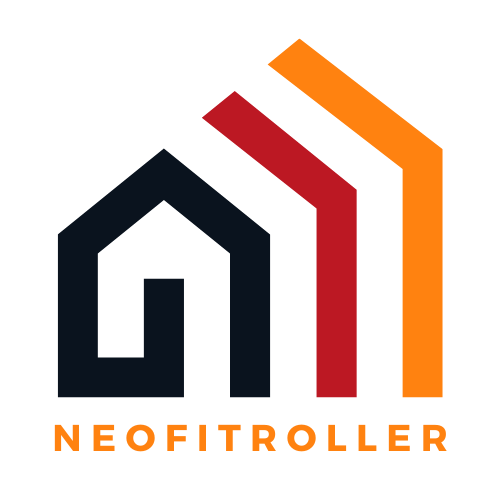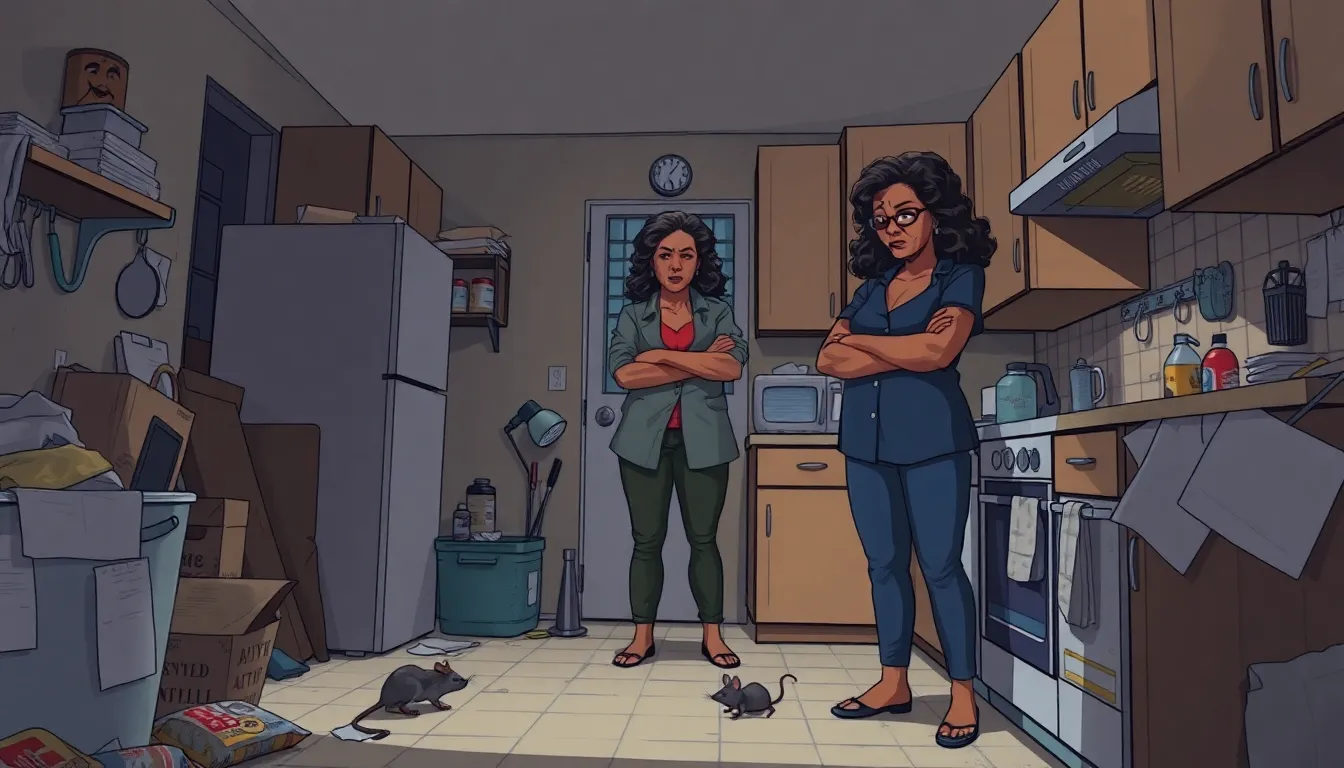Table of Contents
ToggleWhen it comes to renting, nothing can send shivers down a tenant’s spine quite like the thought of unwanted roommates—especially the six-legged kind. From sneaky cockroaches to chatty mice, pests can turn a cozy apartment into a horror show faster than you can say “landlord.” But who’s really responsible for keeping these critters at bay?
Understanding Pest Control Responsibilities
Pest control in rental properties often falls under specific responsibilities. Both landlords and tenants play crucial roles in maintaining a pest-free living environment.
Legal Obligations of Landlords
Landlords typically bear the responsibility for pest control. Many states mandate that landlords provide a habitable living space, which includes keeping the property free from infestations. Laws vary by state, but in general, landlords must address pest issues promptly. Failure to resolve these problems often results in legal repercussions. Tenants can report unaddressed infestations to local health departments, triggering inspections. Documentation of pest control issues, such as photos and communication with landlords, also becomes essential.
Tenant Rights Regarding Pest Control
Tenants possess rights concerning pest control. They can request timely intervention from landlords if pests invade their living space. Clear communication about infestations ensures effective resolution. Additionally, tenants are entitled to a rental environment that meets health and safety standards. If landlords neglect their pest control duties, tenants may pursue legal action or terminate their lease agreements. Understanding local rental laws also empowers tenants to advocate for their rights effectively.
Common Pests in Rental Properties

Pests pose significant issues in rental properties. Landlords and tenants both encounter various types of pests that affect living conditions.
Types of Pests Typically Encountered
Cockroaches frequent kitchens and bathrooms, drawn to food and water sources. Mice, with their ability to reproduce quickly, often invade homes searching for warmth and food. Ants commonly invade during warmer months, creating trails that lead to food crumbs. Bedbugs can create discomfort at night and often travel between units or furnishings. Termites, although not visible at first, can cause severe structural damage to properties if left untreated.
Health Risks Associated with Pests
Pests introduce health hazards in residential spaces. Cockroaches trigger allergies and asthma, particularly in sensitive individuals. Mice can carry diseases that contaminate food and surfaces. Ants, while not directly harmful, may spread bacteria from garbage or other unsanitary sources. Bedbug bites lead to itchy welts that can disrupt sleep. Termites indirectly contribute to health issues by compromising the structural integrity of homes, making them unsafe.
Factors Influencing Pest Control Responsibilities
Several factors determine pest control responsibilities in rental properties. Among these, lease agreements and local laws play significant roles.
Lease Agreements and Clauses
Lease agreements often outline pest control responsibilities. Specific clauses regarding pest management can stipulate who handles infestations. Tenants might find language stating that landlords maintain a pest-free environment. Alternately, some agreements may place the onus on tenants to report issues promptly. Understanding these clauses helps tenants know their rights and obligations. Clarity in lease terms prevents disputes and ensures timely action. Both parties should review the lease closely before signing to avoid confusion later.
Local and State Laws
Local and state laws impact pest control responsibilities significantly. Many jurisdictions require landlords to provide habitable living conditions, which includes pest-free environments. These regulations often mandate landlords address infestations within specific time frames. Some states may have additional laws regarding the type of pests or the frequency of inspections. Conversely, tenant responsibilities can also be outlined in local statutes. Awareness of these laws enables tenants to advocate for their rights effectively. Researching local regulations equips both landlords and tenants with necessary knowledge for pest control issues.
Best Practices for Pest Management
Effective pest management hinges on proactive measures and clear communication between landlords and tenants. Establishing best practices can significantly minimize pest issues in rental properties.
Prevention Strategies for Landlords
Landlords should prioritize regular inspections and maintenance to prevent infestations. Sealing entry points like cracks and gaps reduces potential access for pests. Ensuring proper waste management, including sealed trash bins, discourages pest attraction. Landlords might also consider professional pest control services for routine treatments, especially in high-risk areas. Educating tenants about pest prevention enhances awareness and fosters cooperation in maintaining pest-free living spaces.
Reporting Procedures for Tenants
Tenants must report pest issues promptly to ensure timely intervention. Documenting pest sightings with photos and notes strengthens the reporting process. Submitting written requests for pest control creates a formal record, which can be crucial if escalation becomes necessary. Understanding their rights enables tenants to advocate for swift actions. Engaging in open dialogue with landlords helps establish clear expectations regarding pest control responsibilities and response times.
Understanding pest control responsibilities in rental properties is crucial for both landlords and tenants. Landlords must prioritize maintaining a pest-free environment to ensure tenant satisfaction and legal compliance. Tenants should be proactive in reporting issues and familiarizing themselves with their rights and local laws. Effective communication and collaboration between both parties can lead to successful pest management. By addressing pest issues promptly and following best practices, they can create a healthier and more comfortable living space for everyone involved.








